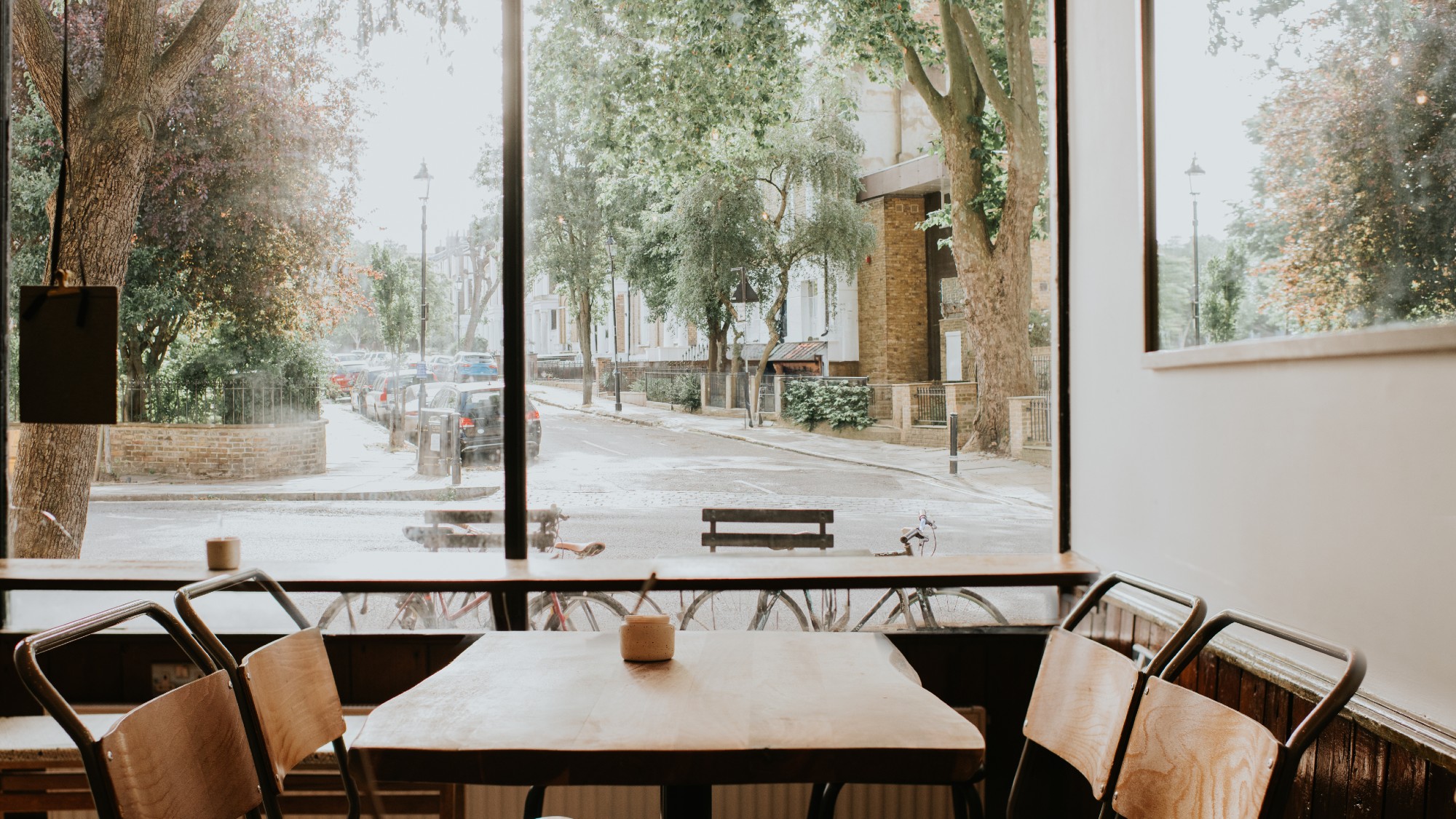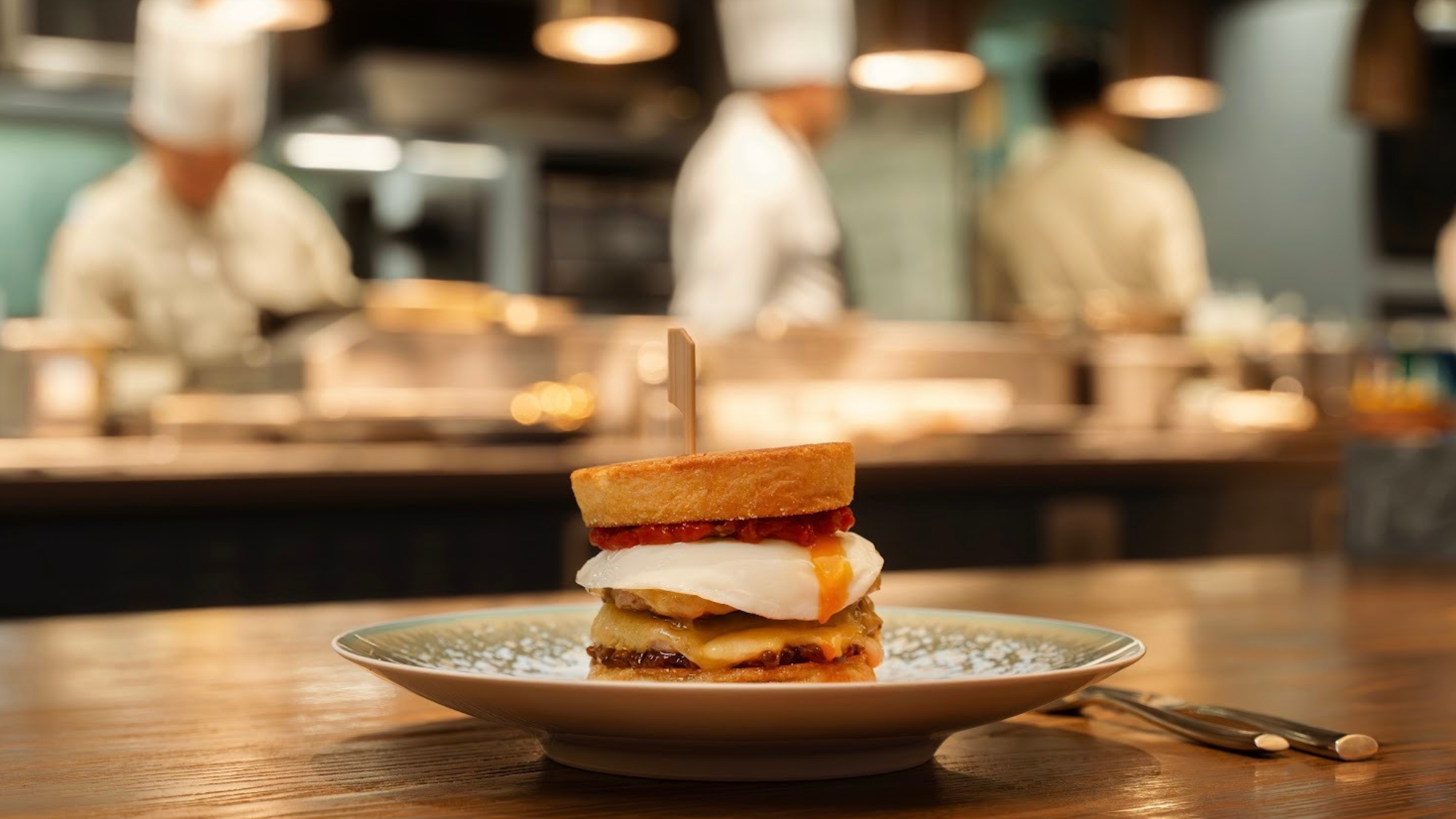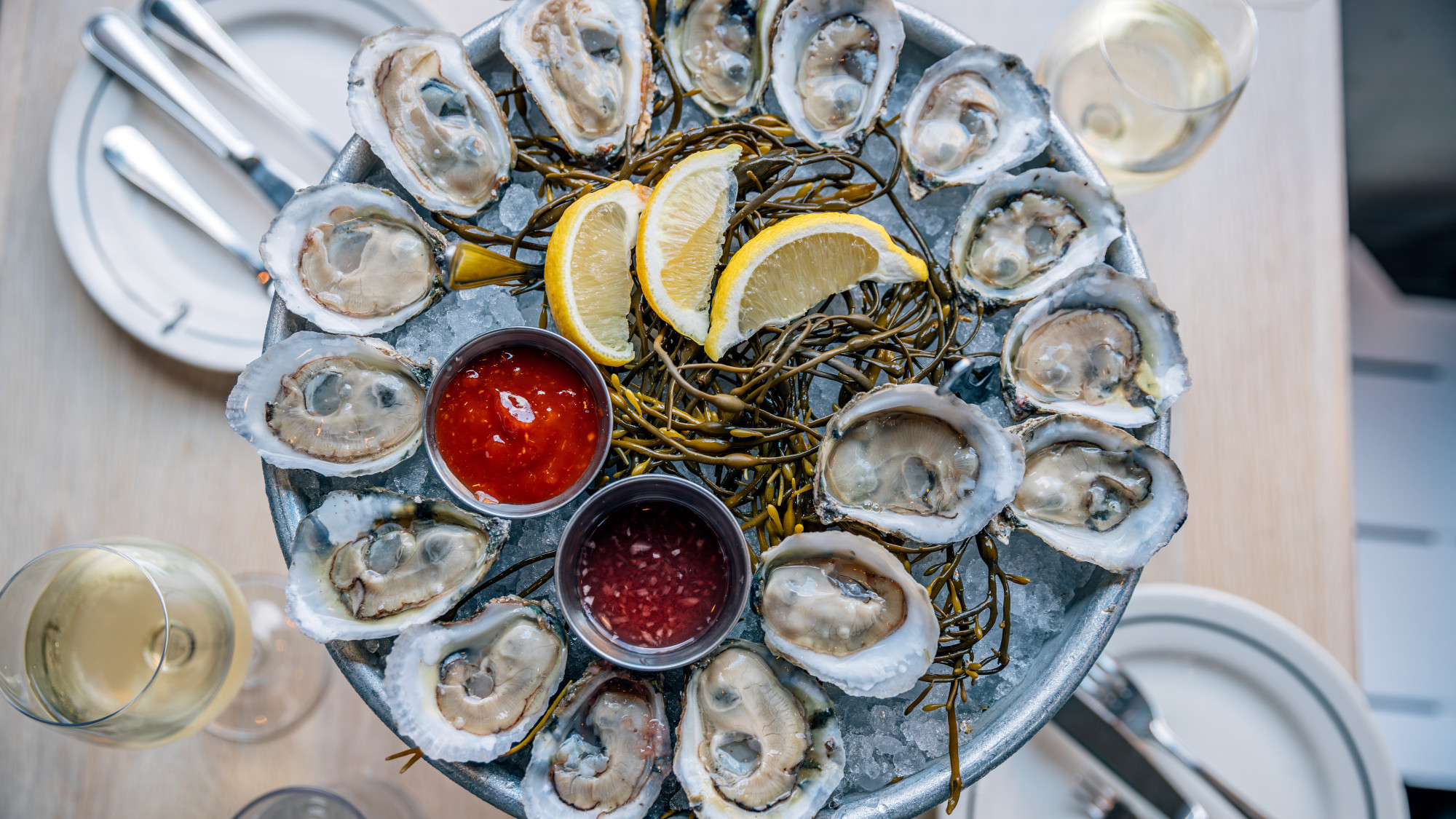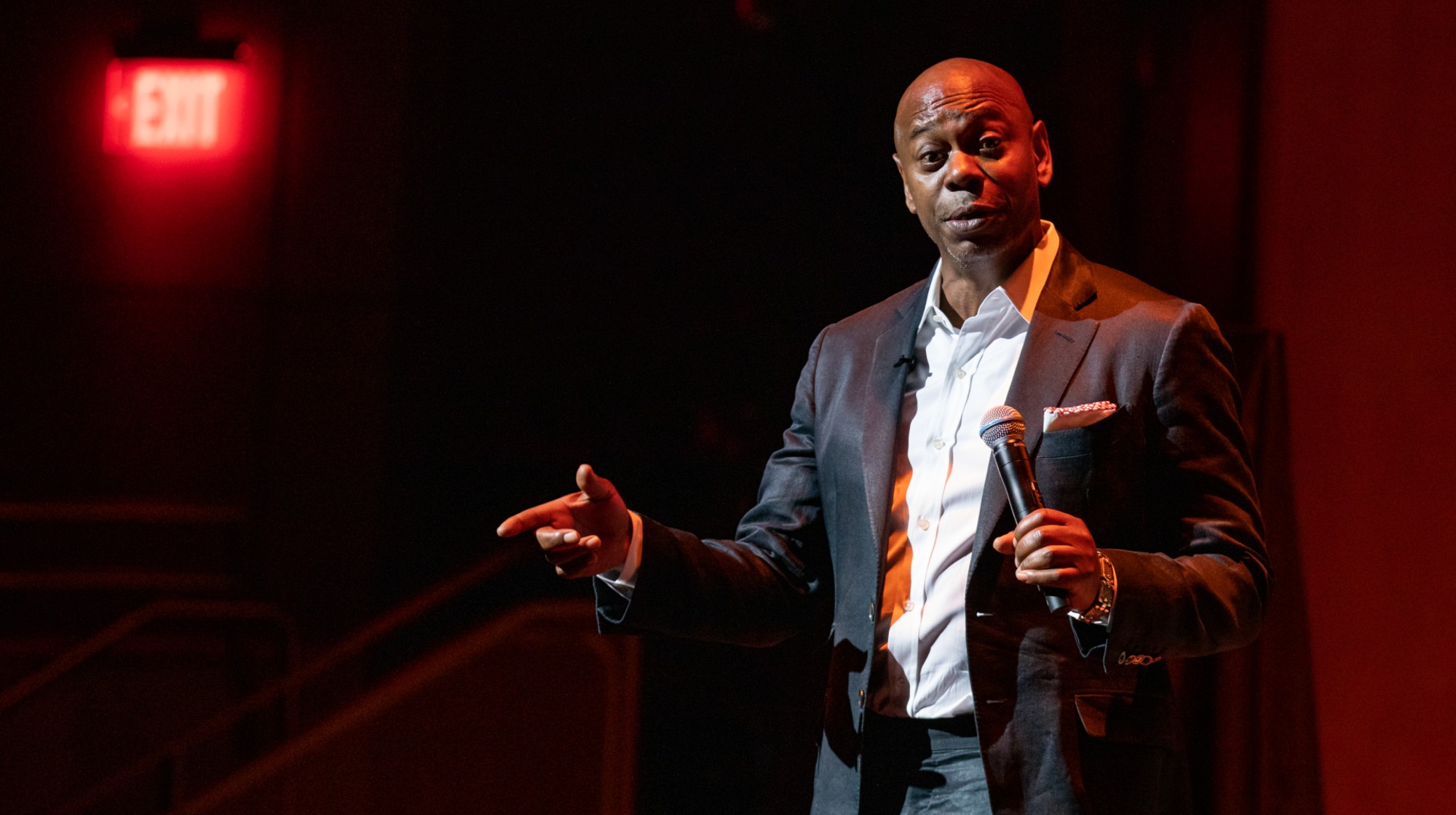Ozempic and its brethren are running headlong into American dining and dieting culture
Some restaurants are feeling the burn. So are beauty expectations.


The uptick in the usage of GLP-1 drugs for weight loss, including Mounjaro, Zepbound and Ozempic, has begun careening smack into Americans' restaurant dining habits. Restaurants were already going through it as they tried to recover from the Covid-19 pandemic. Now, that attempt to stay afloat might be all the more in danger of capsizing, even as Americans grapple with the country's ever-present connection between dining, food as luxury and eating disorders.
GLP-1s, meet restaurant culture
Approximately 24 million Americans — 7% of the country's population — will be on a GLP-1 drug by 2035, analysts at Morgan Stanley Research posit. Use of these drugs for weight loss is currently mostly by people with disposable income, and with disposable income often comes a propensity for dining out. These diners are now "wrestling" with restaurant "etiquette quandaries" and "in some cases changing their dining habits as a result," said The New York Times.
Diners on a GLP-1 drug are, not surprisingly, ordering at restaurants in new ways. "I'm taking a GLP-1, and it's reduced [my] eating out by 80%," said Robert Reyes, a restaurant photographer, to San Diego magazine. Reyes is also "eating smaller amounts and ordering less" when he dines at restaurants.
The Week
Escape your echo chamber. Get the facts behind the news, plus analysis from multiple perspectives.

Sign up for The Week's Free Newsletters
From our morning news briefing to a weekly Good News Newsletter, get the best of The Week delivered directly to your inbox.
From our morning news briefing to a weekly Good News Newsletter, get the best of The Week delivered directly to your inbox.
More startling, perhaps, is the effect of GLP-1 drugs on people who are not using them. Nathaly del Carmen, a marketing manager in New York, claims that "at least one person at her table" is on a GLP-1 drug "whenever she dines out," said the Times. When surrounded by people on the drug, del Carmen "eats less" and does not always finish her meals. Being around those with smaller appetites "helps me with impulse control."
This change has the capacity to alter restaurants' already-thin bottom line. 2024 was one of the "worst years in a long time" for the restaurant industry, as it dealt with "inflation that surged prices on almost all of their raw materials — from the food, labor and rent to table linens," said San Diego magazine. GLP-1 users are also going to fast food restaurants less often, said Danilo Gargiulo, a senior research analyst at AB Bernstein, to Franchise Times. The users are "visiting burger joints about 45% less," and "restaurant visits are down nearly 28%" with users on GLP-1 drugs.
Even the packaged goods industry is getting in on the GLP-1-shift game. Conagra, the North American packaged foods company that produces frozen food for home and food service industry use, published its 2025 report and noted "packaged foods and ingredients should be adapted for the changing dietary needs of consumers," said Bar and Restaurant News.
Thin is not always the best kind of in
As GLP-1 drugs employed for weight loss become more common, it can feel like being "forced into a time machine," said Amy McCarthy at Eater. It feels like returning to an "era long before the body positive movement" became part of mainstream culture.
A free daily email with the biggest news stories of the day – and the best features from TheWeek.com
Dining and eating have long been complicated endeavors in American history, ones that readily equate value with thinness. The Ozempic era muddles those endeavors further. The drugs have "revived a cultural fervor for thinness," one that has been accused of causing the "closure of wine bars" and "killing off the body positivity movement," said The Guardian.
Manipulating our bodies toward thinness "dates back to at least the Enlightenment, with distinctly racist roots," The Guardian added. It is connected to the notion that "bigger bodies lack self-control and refinement," said Sabrina Strings, a professor of Black studies at the University of California, Santa Barbara, to the outlet. GLP-1s, whether used for dining in or out, provide a "medicalized avenue for that control."
Scott Hocker is an award-winning freelance writer and editor at The Week Digital. He has written food, travel, culture and lifestyle stories for local, national and international publications for more than 20 years. Scott also has more than 15 years of experience creating, implementing and managing content initiatives while working across departments to grow companies. His most recent editorial post was as editor-in-chief of Liquor.com. Previously, he was the editor-in-chief of Tasting Table and a senior editor at San Francisco magazine.
-
 A 34-year-old plane is at the center of the UPS crash
A 34-year-old plane is at the center of the UPS crashIn the Spotlight Many air cargo companies use planes that are this old
-
 Critics’ choice: Watering holes for gourmands
Critics’ choice: Watering holes for gourmandsFeature An endless selection of Mexican spirits, a Dublin-inspired bar, and an upscale Baltimore pub
-
 Dry skin, begone! 8 products to keep your skin supple while traveling.
Dry skin, begone! 8 products to keep your skin supple while traveling.The Week Recommends Say goodbye to dry and hello to hydration
-
 London’s best breakfasts and brunches
London’s best breakfasts and brunchesThe Week Recommends However you like your eggs in the morning, these memorable restaurants have you covered
-
 Critics’ choice: Seafood in the spotlight
Critics’ choice: Seafood in the spotlightFeature An experimental chef, a newspaper-worthy newcomer, and a dining titan’s fresh spin-off
-
 Southern barbecue: This year’s top three
Southern barbecue: This year’s top threeFeature A weekend-only restaurant, a 90-year-old pitmaster, and more
-
 Saudi comedy fest exposes free speech schism in stand-up
Saudi comedy fest exposes free speech schism in stand-upIN THE SPOTLIGHT The decision by some of stand-up’s biggest names to attend a festival in a nation infamous for its censorship has the comedy world picking sides and settling old scores
-
 Lavender marriage grows in generational appeal
Lavender marriage grows in generational appealIn the spotlight Millennials and Gen Z are embracing these unions to combat financial uncertainty and the rollback of LGBTQ+ rights



